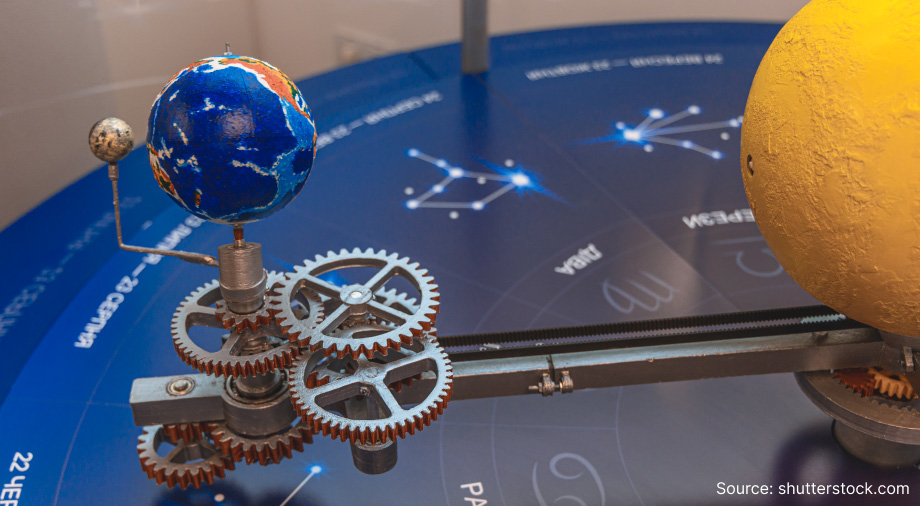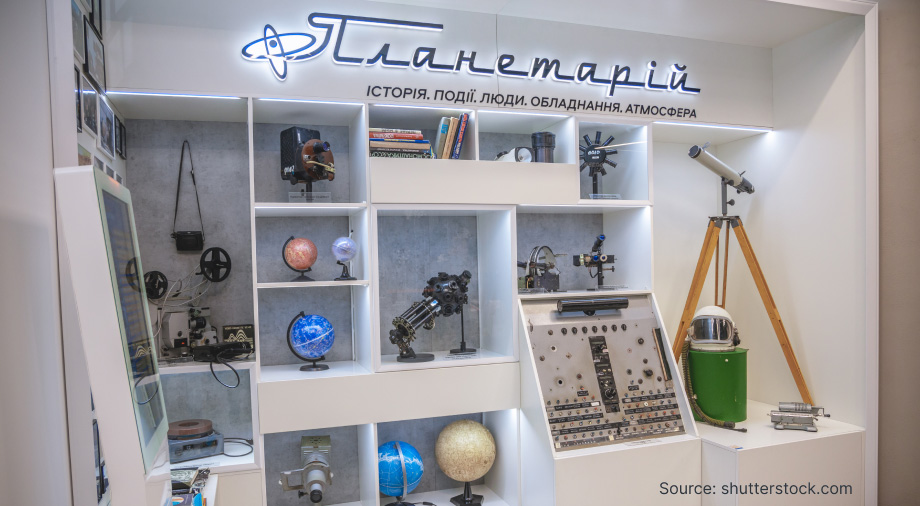We have already talked about the most exciting planetariums around the world. However, we would now like to give special attention to the planetariums of Ukraine. Over the course of the 20th century, six large planetariums were built in our country, each of which is full of its own unique history.
Unfortunately, due to the war, only four planetariums from our list are open today, with another (Donetsk) now located under Russian occupation. Despite this, all of these facilities remain part of Ukraine’s space heritage, patiently waiting for their time to shine.
Kyiv Planetarium: the oldest in Ukraine
The Kyiv Planetarium in Ukraine’s capital is first on our list because it is the oldest active planetarium in the country. It was constructed in the former building of the Church of St. Alexander in the early 1950s.
The Soviet authorities were harshly repressive against churches in order to crush any competing influences in society. Thus, hundreds of Ukrainian churches were completely destroyed, and only some of them were converted to other needs. The Church of St. Alexander, built back in 1838, suffered this more “merciful” fate, as its wide and somewhat flat dome was perfect for the planetarium’s spherical movie screen.
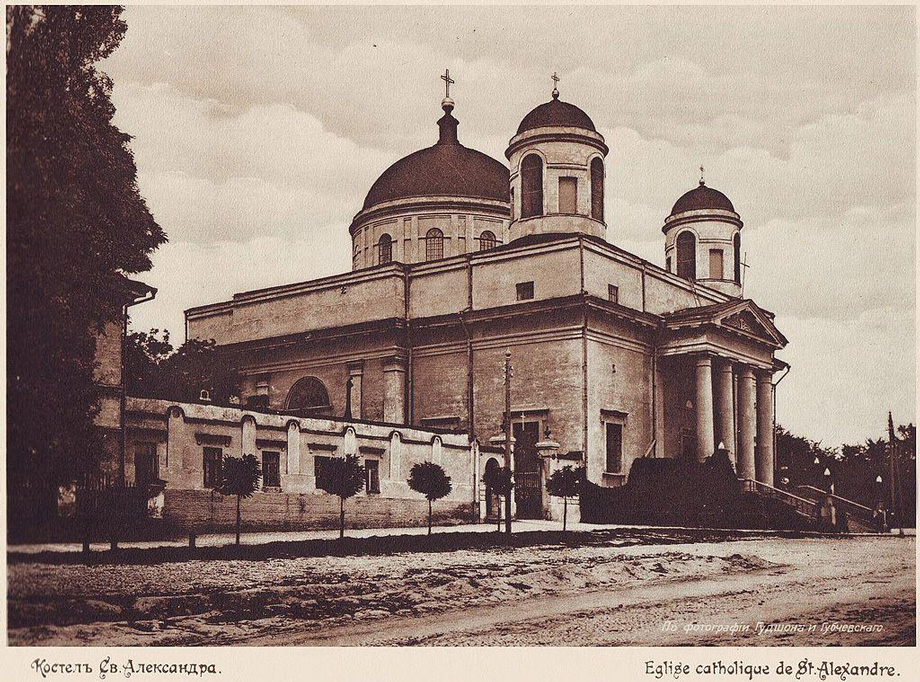
Source: kyivpastfuture.com.ua
The main initiator of the planetarium’s construction was astronomer Serhii Kostiantynovych Vsekhsvyatskyi, who was also a member of the presidium of the Knowledge of Ukraine scientific society.
After the complete reconstruction of the internal church premises and the dome of the church, a round hall for 170 visitors was created, where the starry sky and astronomy films of the astronomical direction were shown. On January 1, 1952, the Kyiv Planetarium began to receive visitors. More than 600 attended on just its opening day. Over the years, interest in outer space has only increased, and the planetarium now averages 150,000 per year.
Despite the relatively small diameter (14.5 m) of the spherical screen, the planetarium was a big draw for Kyivans, especially after the launch of the USSR’s first artificial satellite in 1957 and the subsequent triumph of Yuri Gagarin, as well as Ukrainian astronauts Heorhiy Shonin and Heorhiy Beregovoi. Space fever became an epidemic of cosmic proportions, as by the early 1960s, millions of Soviet citizens had become utterly fascinated by space.
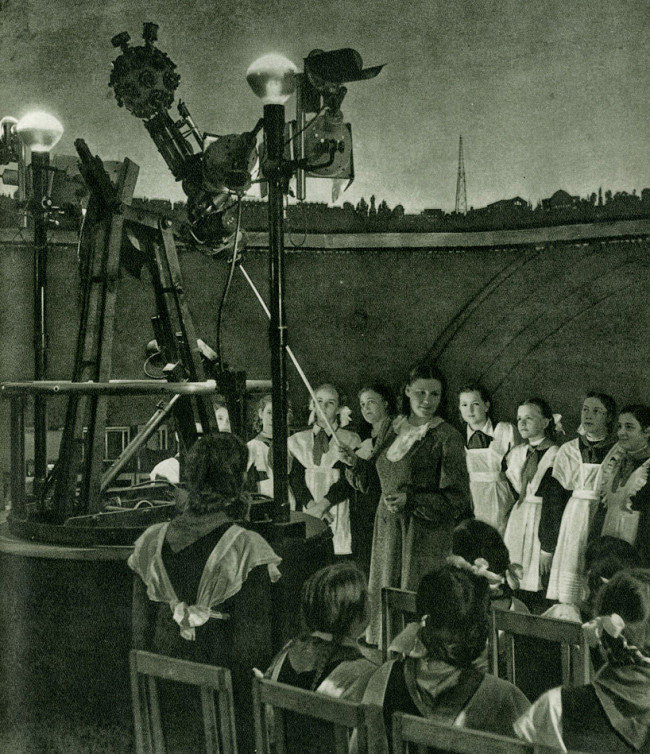
Source: kyivpastfuture.com.ua
In the late 1980s, it became obvious that the old building of the Kyiv Planetarium no longer met the requirements and the growing demand of visitors. Its relatively small hall and outdated German-produced Carl Zeiss projector needed replacement.
In 1987, a new building was erected on Velyka Vasylkivska Street, 57/3, where the planetarium operates to this day. The area of the renovated Kyiv Planetarium is 830 m2, which made it the second largest planetarium in modern Europe (after Berlin’s Zeiss-Großplanetarium).
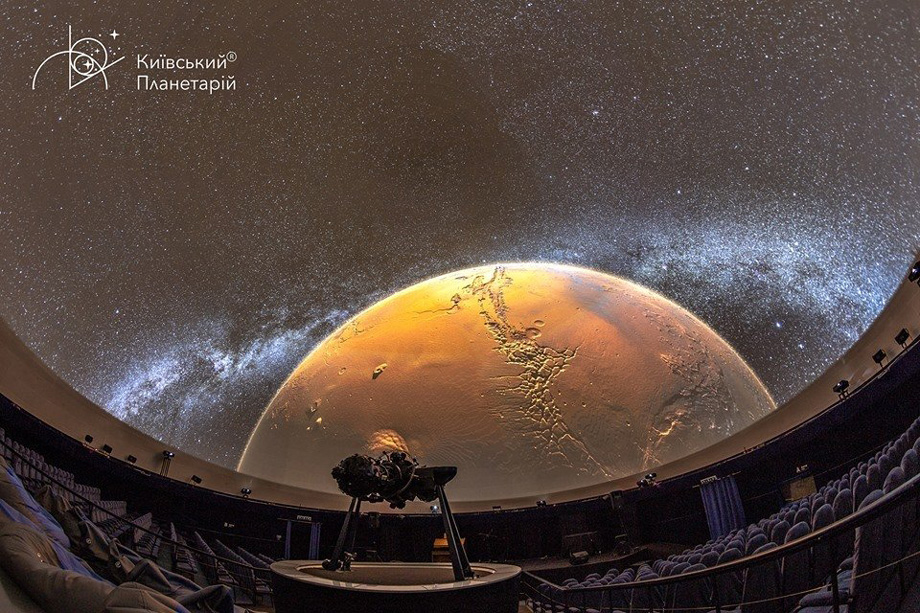
Source: kyivmaps.com
The Kyiv Planetarium also received a new Zeiss Mark IV projector, which was unequaled at the time in terms of image clarity and saturation. Another update awaited the planetarium at the turn of the millennium, namely a digital projection system with 12 X12 HD projectors developed by the Ukrainian company Front Pictures. The new equipment is capable of showing full-domed movies in 360º format and 4K resolution.
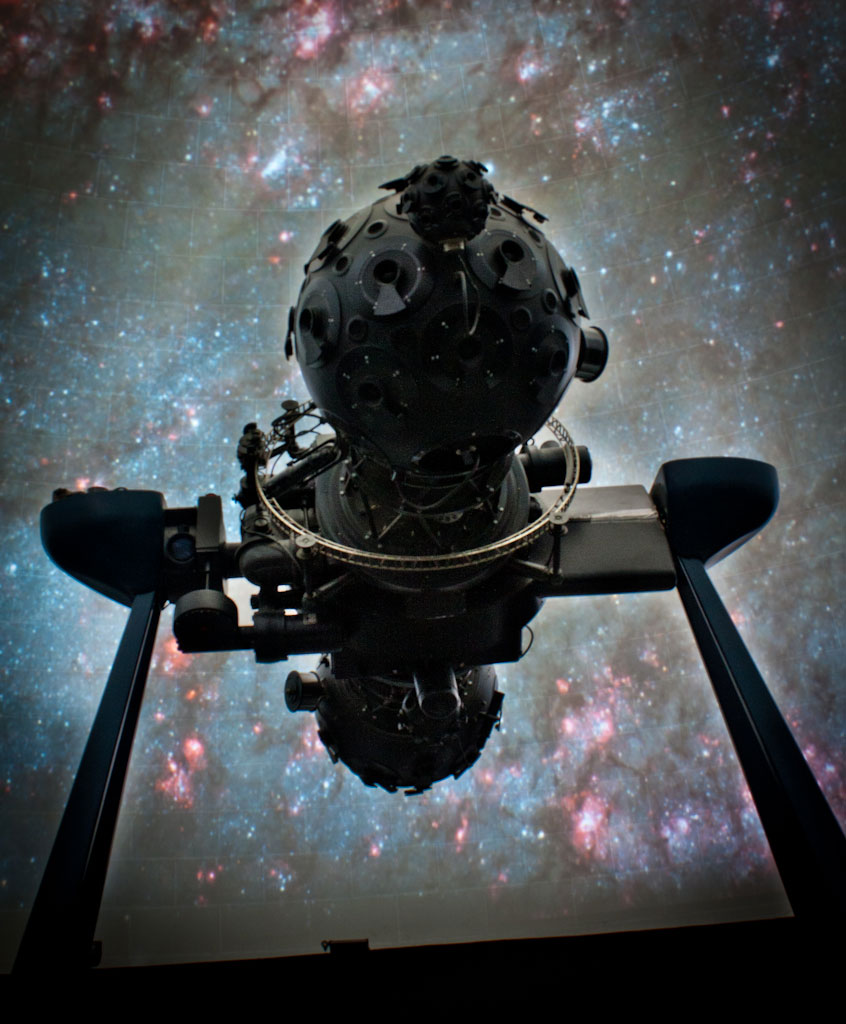
Source: Borkia / wikimedia.org
The Kyiv Planetarium is constantly developing. Its program is not limited to showing full-dome science films. You can come to lectures on astronomy, space technology and engineering. The planetarium also plans to create a number of scientific and entertainment laboratories and conduct master classes from leading space specialists of Ukraine. You can learn more about the Planetarium’s program on its official internet portal.
Planetarium Noosphere: the astronomical pearl of the Dnipro
Dnipro is the heart of Ukraine’s rocket and space industry. It is here that the main rocket-building complex of the country is located at Pivdenmash and the Pivdenne Design Bureau. Therefore, the Dnipro Planetarium, which was opened in 1968, became a logical addition to the city’s scientific and space facilities.
Unlike the first building of the Kyiv Planetarium, which was located in a former church, the Dnipro Planetarium was built from scratch. It began receiving visitors on August 30, 1968.
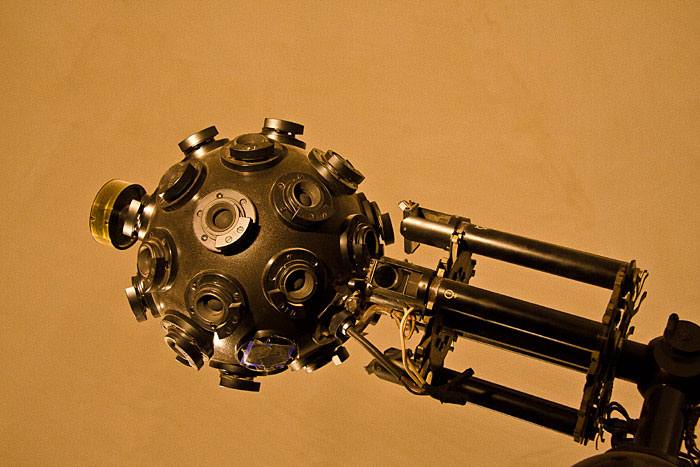
Source: dneproplanet.galactic.name
The dome hall, which is 12 m in diameter, is slightly smaller than Kyiv’s, but the proximity of the industrial base guarantees a planetarium of interesting lecturers directly related to space. One such presentation by Ukrainian astronaut and space icon Leonid Kadeniuk was held in 2008.
In the 1980s, an amateur astronomy club for young people was organized at the planetarium. However, Dnipro’s latitudes and rather basic telescopes forced its participants to go to observe the stars in the southern regions of Ukraine, mostly in the Kharkiv, Odesa, and Crimean observatories.
In 2018, the educational foundation NGO Association Noosphere organized a complete reconstruction of the Dnipro Planetarium, which resulted in an expansion of the exhibition area and the modernization of the projection system in the star room. After two years of work and preparatory activities, the renovated Planetarium Noosphere recently reopened its doors to visitors.
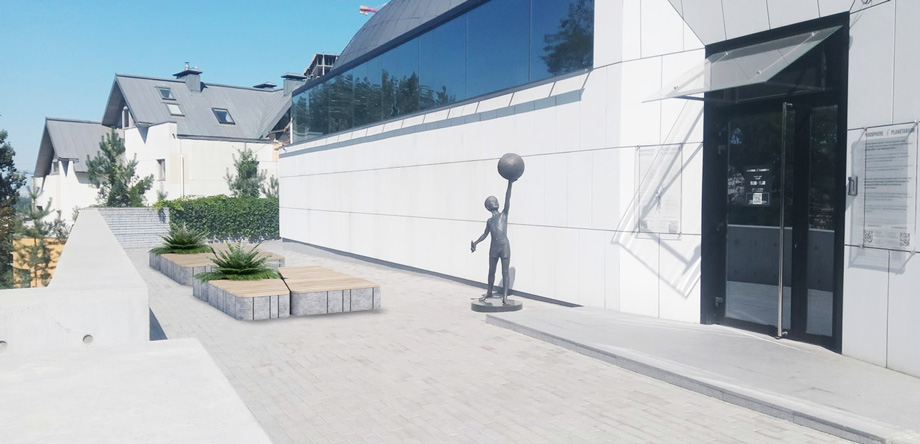
The relaunch of the planetarium was a great success, and the institution now offers visitors more than 30 different programs, including trips to historical places, scientific lectures, and meetings with influential people in the space industry. It also offers a collection of exciting and entertaining full dome films, both for child and adult audiences. The films Ukrainian Cosmos and Space Cruise have been watched not only by Dnipro residents, as they were shown at dome film festivals in the US and Europe in 2023.
You can find detailed information about the events taking place in the Dnipro Planetarium here.
Kharkiv Planetarium
Kharkiv is the intersection of many names from Ukrainian space history. In particular, famous Soviet Academician Vladimir Vernadsky spent his childhood here. Two legends of Ukrainian space, Valentin Bondarenko and Volodymyr Vasyutyn, also called Kharkiv home. Thus, the city simply had to get its own planetarium, and the start of the Soviet space age brought its appearance closer.
Interestingly, just like the Kyiv Planetarium, Kharkiv’s was built in a commandeered house of worship, this time a Jewish one. The Mordvinivska synagogue at 15 Kravtsova Street was built in 1915 by architect Yuliy Tsaune. For 20 years in a row, Kharkiv Jews gathered here for prayers, but during the avalanche of repressions in 1936-1937, the Bolsheviks banned services and turned the temple into a workers’ club.
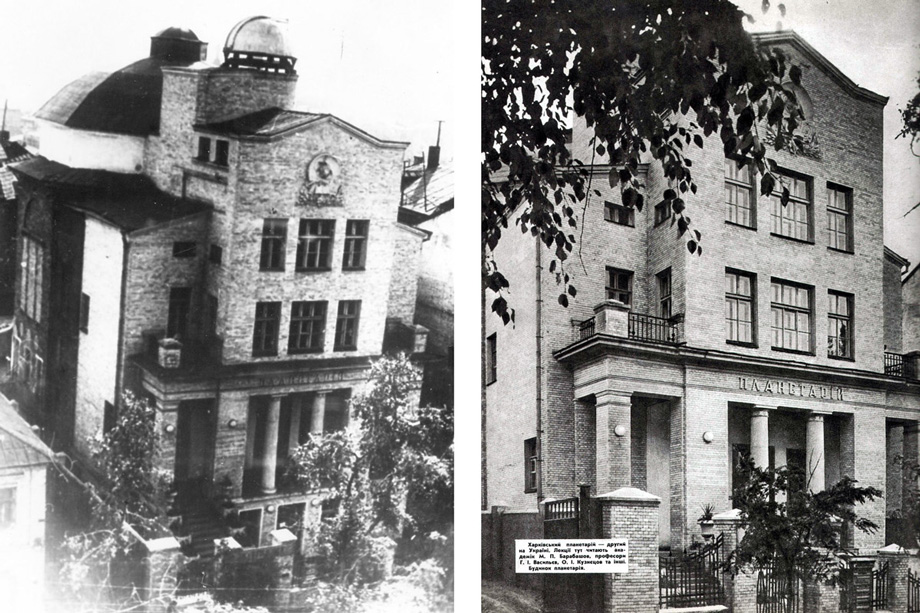
Source: kharkovgo.com
The Kharkiv Planetarium is also the undisputed record holder for the number of spherical projectors. During its existence, it upgraded its equipment three times, with the original Soviet UP-4 was followed by two generations of German Zeiss projectors of small and medium form factors.
Since its opening, the Planetarium has undergone several large-scale reconstructions. The first was the four-year reconstruction of the 1970s (1970-1974) in which the dome was expanded from a diameter of 8 meters to 15. .In 1975, a new modification of the more powerful Medium Zeiss projector was installed.
In recent years, the planetarium has become known for its international relationships. It established partnerships with the World Association of Planetariums and even NASA itself to promote the exchange of scientific experience between staff. In cooperation with the Kharkiv Scientific Research Institute, the Kharkiv Society of Astronomy Enthusiasts was founded. This club has conducted astronomical observations both around Ukraine and from the legendary Kharkiv Observatory on Zmiivska Street, 1, as well as small observation sessions at the planetarium. With the active support of amateur astronomers, the archive of photo and video materials of the planetarium has been constantly replenished.
The Kharkiv Planetarium underwent its last large-scale renovation in 2011-2012. Since then, the permanent exposition of the Cosmos museum has been replenished with a number of interesting exhibits, such as models of spacecraft and launch vehicles, including the Lunokhod-1, the ISS, the Soviet orbital station Mir, the American Apollo and Voyager spacecraft, and meteorite fragments found within Ukraine. The reconstructed planetarium also received updated projection equipment and screens, now with 3D support.
Spherical panorama of the old exposition of the museum at the planetarium.
Source: Google Maps
Before the full-scale Russian invasion, the Kharkiv Planetarium offered visitors several halls and exhibitions (both artistic and popular science), a virtual telescope, visits to scientific lectures by planetarium employees, the Kharkiv Space Museum, development groups, and children’s astronomy circles.
This beautiful place full of cosmic spirit which had inspired thousands of Kharkiv children to look towards the stars is currently temporarily closed due to the ongoing bombing of the city by Russian invaders. However, the planetarium continues its educational activity on social media.

